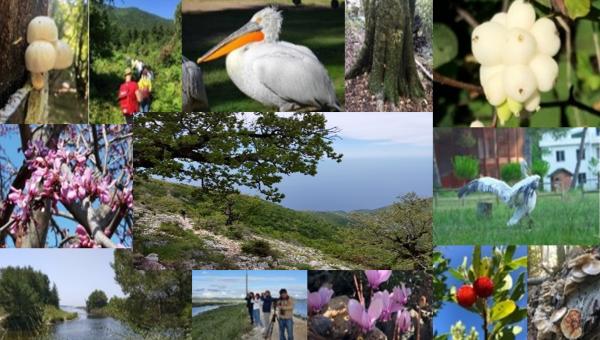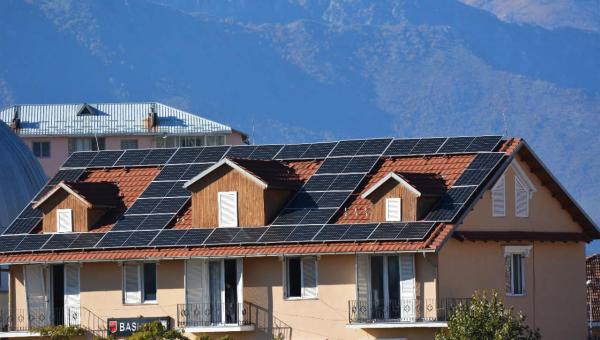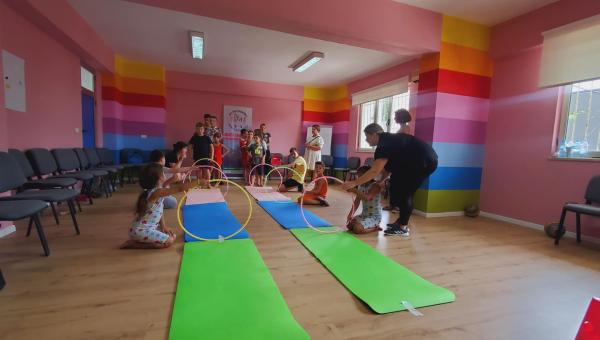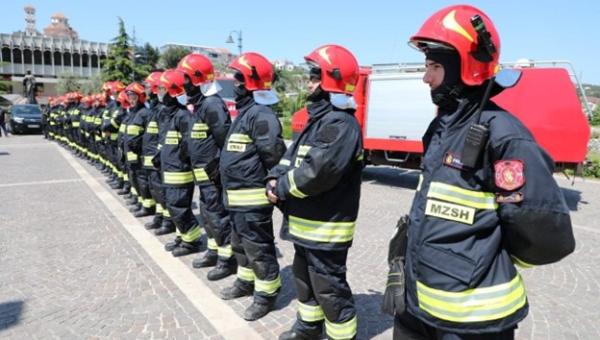UNDP Albania
Enhancing Financial Sustainability of the Protected Areas System in Albania
Summary
The UNDP project, in partnership with MoTE and NAPA, contributed to the long-term objective of (i) securing sufficient, stable, and long-term financial resources for protected areas; (ii) allocating these resources in a timely manner; and (iii) ensuring that the protected areas were managed effectively and efficiently with respect to conservation and other complementary objectives. NAPA operated with funding from the state budget through MoTE, donors, and other legally determined sources.
Therefore, the project was designed to assist the GoA in reducing existing funding gaps for the system of protected areas, improving the management of individual protected areas, enhancing cost-efficiencies in individual protected areas, and building the financial management capacities of protected area staff in the NAPA, etc. The project had two main pillars: (i) building the financial management capacities of the agency responsible for administering the system of protected areas; and (ii) demonstrating the efficacy of different financing strategies in a sub-set of individual protected areas.
The implementing pattern of the project addressed Component 1, which focused on strengthening NAPA to effectively plan, secure, and administer funds for the protected area system. The main outcome of this component was the development of a national planning framework for the protected area system, through increased financial management capabilities of the NAPA and mobilization of funding at the protected area system level from different financial strategies in a sub-set of individual protected areas. In addition, two important Decisions of the Council of Ministers (DCM) related to PA revenue generation were developed and approved, aiming to affect the financial operation and income generation in PAs, strengthen the NAPA’s mandate to fulfill several PA management financial obligations, and enable it to secure sufficient, stable, and long-term financial resources for protected areas. The first DCM made provision for the NAPA to source funding from the state budget, donors, delivery of ‘services’ and ‘other legal sources’, whereas the other DCM dealt with capacities to administer and improve PAs revenue streams.
More than 50% of 3 pilot areas staff and 20% of NAPA staff were trained through the e-learning platform http://akzm.net/list-courses and other tools.
The other constituent of the project was component 2, through which a suite of mechanisms was implemented to improve revenue streams in individual protected areas, with the main focus on three National Parks: (i) Dajti National Park; (ii) Divjaka-Karavasta National Park; and (iii) Llogara-Karaburun protected area Complex.
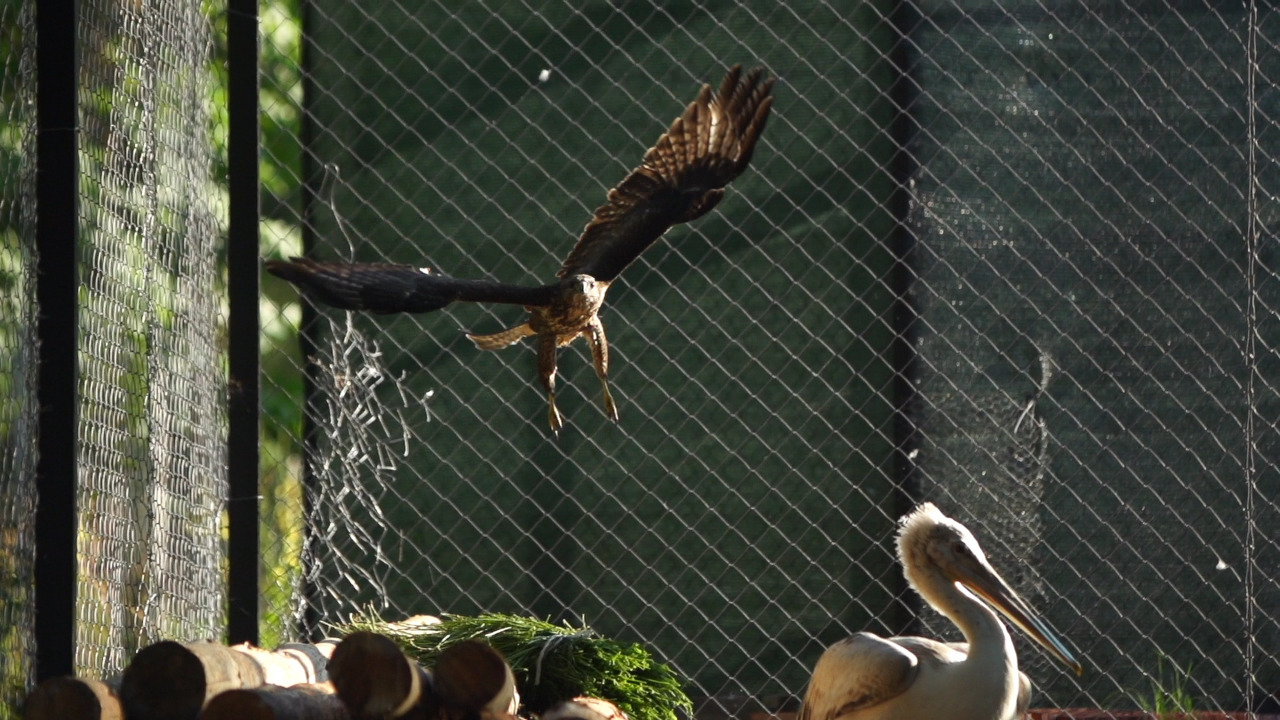
Wildlife Recovery Center at Divjaka Karavasta National Park, established for the first time in Albania in 2020 with UNDP support
Background
The Government of Albania (GoA) has established the National Agency of Protected Areas (NAPA) in 2015 through the Decision of the Council of Ministers 102, date 4.2.2015, as a public state budget entity subordinate to the Ministry of Tourism and Environment (MoTE). This institutional change resulted in a significant improvement of the overall management effectiveness of the country’s system of PAs, currently covering 622,820 ha of marine and terrestrial habitats, according to recent data, and the overall officially proclaimed size of PAs going up to 21% of the territory of Albania.
The financial sustainability of protected areas in Albania continues to be one of the most significant challenges of the Ministry of Tourism and Environment and the National Agency for Protected Areas, particularly considering the gradual expansion of the system of protected areas. Although some progress on financial development has been achieved over the past years, most protected areas in the country are still severely underfunded and the funding gap is increasing in relation to the rapid growth in the coverage of the protected area system, and associated management costs.
Albania's National Biodiversity Strategy and Action Plan (NBSAP) is the starting point for assessing the financial needs of biodiversity management, mobilizing financial resources, and integrating biodiversity in national accounting and reporting systems. Strengthening the financial basis for biodiversity protection contributes to the Convention on Biological Diversity’s Aichi Biodiversity Targets 2 and 20. Also it emphasizes the importance to substantially enhance investments in biodiversity conservation; expected financing sources include the State Budget, EU financial instruments, donor and other sources, including private sector.
Major achievements
- Preparation of the National Planning Framework is developed by providing (i) An overarching medium-term Strategic Plan for the institutional development of the NAPA, and (ii) A medium-term Financial Plan for the protected Area System.
- Baseline assessments for the current knowledge of the biodiversity, natural and socio -economic values, financial analysis features and its conservation status and trends in all three national parks piloted through the project. Business plan for Karaburun-Sazan MPA, Llogara National Park, Divjaka – Karavasta National Park and Dajti National Park are finalized. These planning instruments provide clear picture of the financial needs that must be met in order to conduct management plan activities and introduce potential revenue sources to help meet those needs.
- The trainings on business planning, financial gap assessment and financial METT are conducted with key staff of the NAPA, and at least 3 persons from each of the pilot areas and representatives from other areas (25 in total).
- Important management support and logistical assistance is enabled by supporting all three pilot sites, Dajti NP, Divjake – Karavasta NP, Llogara - Karaburun complex. Juniors are hired to assist the Visitor Center in the pilot sites. Several education and awareness and information activities has been designed and organized in both areas involving local stakeholders and inhabitants. Interventions are taken for trekking paths, information tables, assistance with equipment, etc. In all Visitor Centers hosted in the targeted National Parks, there are 9 juniors actively working with the administrations, assisting to better operate the management and conservation tasks, as well provide touristic data/statistics.
- A study on feasibility of a water conservation levy for Bovilla Reservoir, as a potential Payment for Ecosystem Services mechanism is accomplished.
- Landscape studies, analyses, planning, and design of most prominent landscape facilities, in compliance with conservation & management expectations are development for Llogara National Park and Dajti National Park. These planning tools provide landscape design alternatives in compliance with conservation & management expectations.
- Significant interventions and investments were made within the targeted Protected Areas (PAs) to enhance tourism facilities. These improvements encompassed the installation of automatic entry points in Dajti National Park, the establishment of information tables in Llogara, updated signage, and upgrades to information kiosks across all three sites. Additionally, new trails were meticulously designed and constructed to cater to the growing number of visitors. To further accommodate visitors, a dedicated biking trail was crafted within Llogara National Park. Furthermore, the informational panels in the visitor centers of the Llogara-Karaburun complex were thoughtfully updated to reflect the introduction of new trails and the adoption of updated codes of conduct within the respective Protected Areas.
- In Divjake-Karavasta, the establishment of a Wildlife Rehabilitation Centre marked a significant milestone as the only wild bird rehabilitation center in Albania.
- Reporting, training and assessment tools such as METT [management effectiveness training tools], FSS [financial sustainability scorecard] and 10 dedicated training modules) are developed and consolidated in an e-learning platform. Assistance is ongoing and continuously provided to targeted RAPAs and NAPA for increasing the capacity of the involved central and local staff by building their financial management capacities demonstrating the efficacy of different financing strategies through some targeted activities in each of the sites; in this regard FSS web based tool was developed and training thereof organized with respect RAPA (Regional Administration of Protected Areas); this e-learning tool facilitates delivering of PAs training, knowledge and information, made of a series of smaller learning modules, which are grouped based on the needs of PA administration and human resource department at NAPA.
- An inclusive akzm.net portal website with patters and navigation structure is developed. A short and practical training manual was elaborated and delivered through the training short courses, for targeted personnel, to enable performance of the FSS APP; advice and introduction of extensive in-house training programs on FSS and related aspects of financial planning, financial analyses, reporting for the PAs system, medium-term financial and business planning is also delivered including procedures for all financial and administrative staff in the RAPAs. Follow-up updates were carried out to align the akzm.net portal with the evolving needs of Protected Areas (PAs) staff, alongside the reconfiguration of the Karaburun-Sazan.net webpage.
- A study report for unifying the standards and procedures for the establishment of walking trails in PAs was developed, followed with a national workshop in hybrid format (28 January 2021), attended by the Minister of Environment and Tourism and UNDP DRR, as well as other partners who work on Protected Areas in Albania. A guidebook on technical standards for maintaining and introducing tourist trails in the PAs of Albania was also developed and published. Copies were delivered to partners and the Regional Administrations of Protected Areas.
- Several financial instruments were introduced in the pilot parks areas such as an automatic entry barrier in Dajti park, completing walking and touristic trail rehabilitation and maintenance services, information and direction tables are installed, reforestation works in Dajti and DK Parks, observation drone and telescope are provided for the RAPAs to allow for better and efficient monitoring and conservation actions, visitor recreations and nature interpretation facilities, coin operational telescopes, eclectic sightseeing buses, landscape improvement at the Visitor Center in DK and Dajti National Parks.
- A comprehensive Package of Regulations and Recommendations has been developed, serving as a framework aimed at strengthening contractual agreements with external parties and establishing a standardized protocol for reporting activities within the Protected Areas. Essential support, encompassing financial expertise, consultation meetings, and extensive training, has been provided to the 12 RAPAs and NAPA to implement the regulation, which play a significant role in facilitating the effective management of the Protected Areas network and represent a crucial step towards implementing the financial mechanism necessary for their optimal management.
- Part of ongoing efforts to enhance capacity and ensure the sustainable management of Protected Areas was the initiative to equip RAPA's teams with the necessary skills and knowledge to effectively inspect and combat illegal activities within the Protected Areas. The training covered a range of essential topics, including collaboration with other institutions, environmental regulations, enforcement techniques, and the identification of unlawful activities. By engaging in discussions about inspection procedures within the Protected Areas and collaborating with the State Inspectorate and the National Inspectorate for the Protection of the Territory, not only improvements were facilitated, but also the necessary next steps were identified in this critical endeavor.
- New digital maps have been developed by GIS means to accurately depict changes in the surface areas of each region within the Protected Areas Network. These updated maps serve as crucial tools for monitoring, managing, and planning, enhancing the efficiency of the Protected Areas Network. Selected coastal PAs were mapped along with the new designed o the ‘In Blue’ brochure, adopt GIS application into mapping of the selected PAs as part of In Blue publication and checking the content of the respective maps part of this publication, intending to enhance the communication of spatial information in an easily understandable way. All the data obtained were imported and standardized using ArcGIS for Desktop Advanced version 10.8 software (ArcMap, ArcCatalog and Arc Toolbox along with the Spatial Analyst and 3D Analyst extensions).
- An initiative to monitor water quality in the coastal areas of Vlora and Fier within the Protected Areas has been initiated, aiming to safeguard and maintain the ecological health of these crucial coastal regions, in collaboration with NAPA and the Water Resources Management Agency.
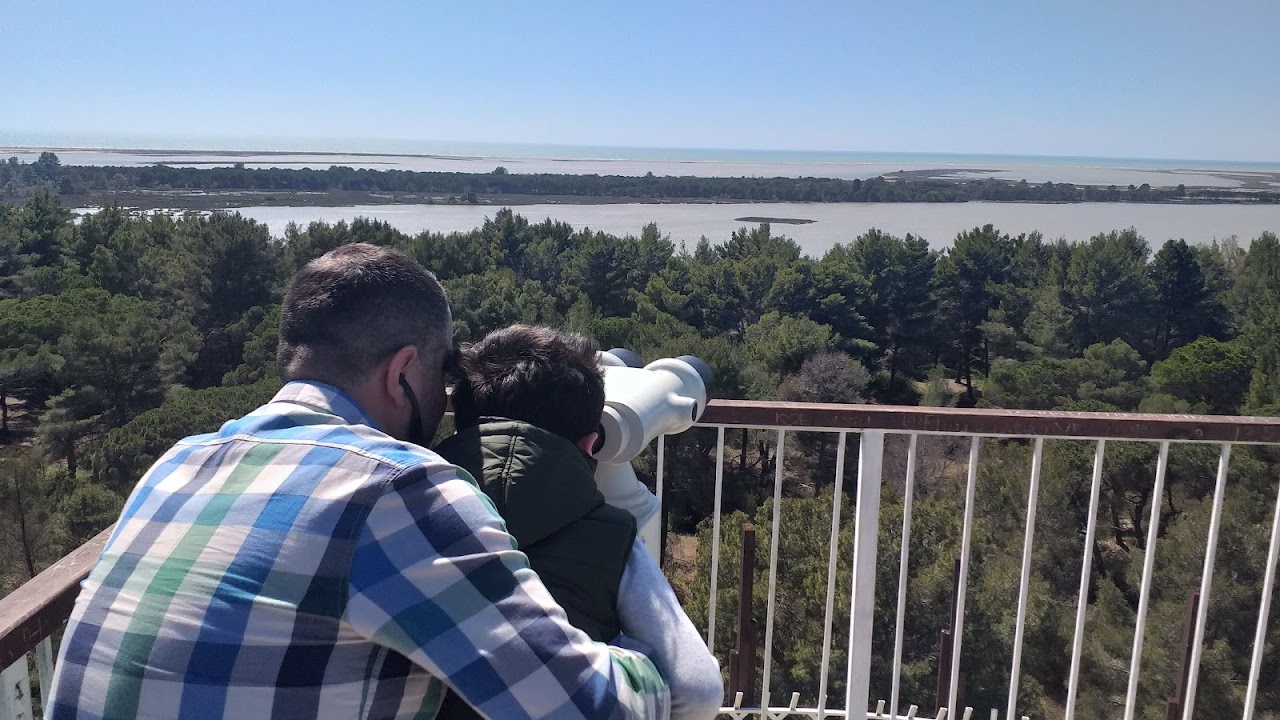
Sightseeing telescopes provided by UNDP for Albanian National Parks
Project Outcome
- Building the financial management capacities of the agency responsible for administering the system of protected areas;
- Demonstrating the efficacy of different financing strategies in a sub-set of individual protected areas.

Related Materials
Impact
Explore other UNDP's projects in Albania

 Locations
Locations
